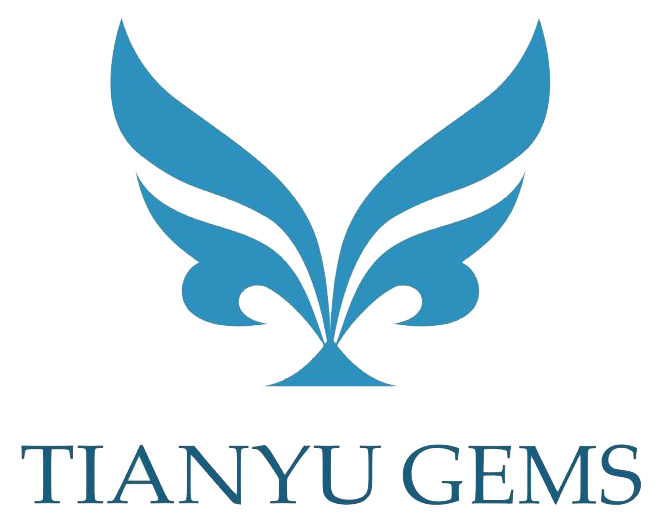How to cut a lab diamond
Geometry of lab grown diamonds
A diamond must be carefully cut and polished before it becomes the sparkling diamond we are used to seeing. Therefore, the diamond of the cutting, directly affect the value of the diamond.The cutting and polishing process of lab-grown diamonds is not essentially different from natural diamonds, but lab-grown diamonds have their own special geometric structure. It can be roughly divided into two standard forms: cuboctahedron and cube.
Raw diamond selection
Raw diamonds are sorted according to size, color, clarity and crystal shape. From the perspective of design, crystal shape and clarity are considered.

Remove polycrystals by a laser process
How to remove those polycrystals in the cutting process requires special skills of craftsmen. Now many of them are processed by laser or grinding disc. Generally speaking, it is necessary to decide in advance how to cut and polish according to the different pressures generated by its polycrystalline growth.

Lab-grown diamond shape & size design
A diamond is marked in order to determine how it may be cut to the greatest advantage. Using computer-aided design systems that analyze the stone, and then mark their surface using a very precise laser beam.
Round and cushion-shaped cuts are more suitable for HPHT diamonds. If you cut HPHT diamonds into other shapes, you will waste too much. If cut into a round shape, the weight of the finished hpht diamond is about 40% of the rough diamond, the cushion shape is 50%, the pear shape is less than 30%, and the marquise shape is barely close to 20%. The above data is only for rough hpht diamond with higher clarity. If there are more inclusions in the blank, the weight ratio of the finished drill will be greatly reduced.
The shape of the Rough CVD diamond determines the rough shape of the finished cvd diamond, such as princess, Radiant, cushion, Ascher and so on. If you want to cut into round shape, the weight ratio is about 30%, and the extra part can be made into melee diamonds. the weight ratio of the radiant shape is 35%, and the pear shape is slightly higher than 25%.

Various shapes and size supported for customize.

After the lab grown diamond design is marked with the sawing line, it can be sent to the sawing and drilling process for sticking, installing, opening, sawing, cleaning, quality inspection and other procedures.
Grinding and shaping process
Cleave the rough diamond which had designed shape and size , and then grind them into shape. Cleaving is a method of splitting a diamond parallel to the direction of crystal grain with a single blow.
It is done to divide the stone into two or more pieces, or in order to remove impurities or irregularities.

Sawing is a method of splitting a diamond against the grain of the crystal.
Also can do laser cutting, It is also the most common cutting method at present.The advantage of laser cutting is that the cut surface is extremely flat and the loss is very small!

Professional high - tech precision polishing process
Polishing is the process which facets the lab diamond.
On a cast iron disc coated with diamond powder and lubricating oil, the wheel grinds out all the petal faces (facets), giving the diamond an inviting glow.
Polishing is a technology with strong technical performance, which requires diamond cutters and grinders to know certain technology and rich experience. Polishing is a process in which a series of processes are carried out on the rough-ground lab diamond and the lab diamonds are polished into final products.
Our factory produces large quantities of high quality products every day and sells them all over the world.

Cleaning
After the lab diamond is ground, the cleaning is the last step before the finished product is graded. The solution was prepared by mixing 1000ml of concentrated sulfuric acid with 100g of potassium nitrate, and then poured into a porcelain plate or beaker containing an appropriate amount of lab diamonds. The solution was boiled for several minutes. After cooling, the solution was rinsed with distilled water or boiled water for several times and drained, and then sent for inspection and sorting.
Quality inspection
When the cleaning is done,the next step is quality inspection.Examining the diamond to see whether it meets the quality standards.

To cut a diamond the hardest gem in the world, not only needs advanced equipment but also needs the rich experience, high sense of responsibility, and concentration of the cutting division, so as to better release the charming sparkle of the diamond.



 Back to Top
Back to Top
 Email Us
Email Us +8613481477286
+8613481477286


.png)
